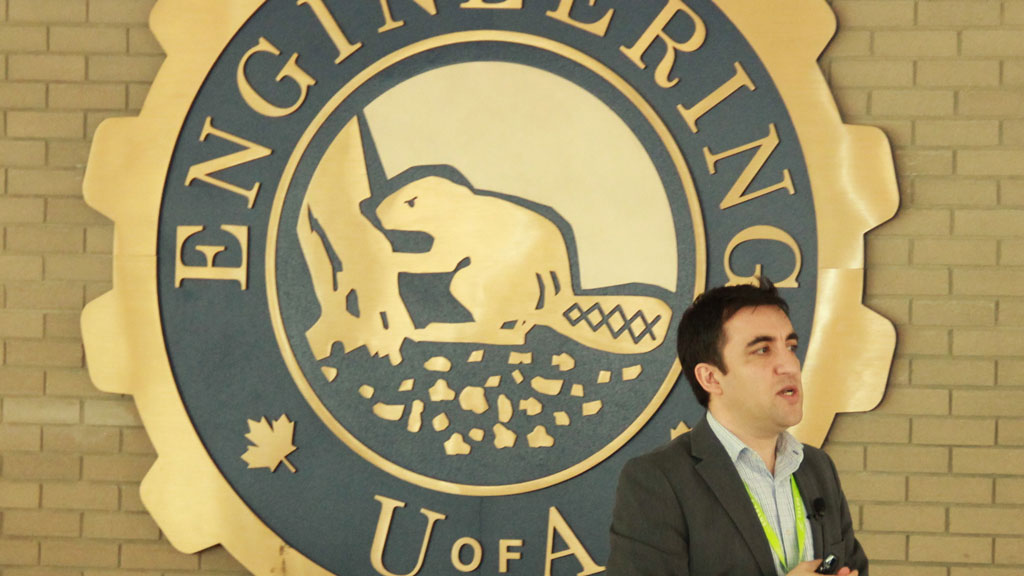The torch has been passed in Canada’s underground technology sector.
After 28 years the Centre for Advancement of Trenchless Technologies (CATT) based at the University of Waterloo has been dissolved, replaced by the Canadian Underground Infrastructure Innovation Centre (CUIIC) at the University of Alberta.
CATT executive director Mark Knight and the CATT board fully supported the transfer, with Knight referring to the move as succession planning with a new generation of underground engineers given a chance to put their stamp on the future direction of the sector.
Knight has been active in CATT since 1997 and has served as its executive director since 2002. He was fully involved as CUIIC got up and running this spring.
Another Alberta-based organization, the Consortium for Engineered Trenchless Technologies (CETT) at the University of Alberta, has also been folded into CUIIC with former CETT director Alireza Bayat assuming the top job at CUIIC.
“An organization has to be more than one person,” said Knight in a conference call also attended by Bayat. “It was time to get the next generation of people involved. It was really about making sure there’s longevity in this field.”
CATT was founded with local strength in the sector at the U of Waterloo, and Queen’s University in Kingston, Ont. was also a big contributor, but Knight realized that to be more successful there should be more representation coast to coast.
Its organizational structure and funding streams were also limiting, he said.
The transition was swift. Knight asked the board of directors to explore what the next iteration of the sector should include in the fall of 2021. By the end of the year discussions involving CATT and CETT representatives were underway and by April CUIIC had approval from the University of Alberta and letters of support for the transition from more than 20 organizations across Canada.
“I think the new structure and the new format that we have developed at CUIIC allow us to do that,” said Knight of the new pan-Canadian reach.
“By creating a clean slate we get to build a new organization from scratch without all the legacy issues.”
Even the former title, with its reference to trenchless technology, created a bit of a barrier, Knight said. The sector has become broader with a range of new underground technologies impacting construction, such as telecommunications, and the global innovations that are taking place were inadequately represented by the CATT rubric.
Bayat said joining forces to push the innovation envelope nationally in Canada offers exciting opportunities. The sector is huge — there is more than $100 million in watermain replacement work scheduled annually in Toronto and Montreal alone — and there’s a large backlog of work to be addressed.
CUIIC will be hearing from companies in the U.K. on new water pipeline technology and there are myriad new materials and better processes to absorb.
“I do believe moving forward the rate of innovation is going to be much faster,” said Bayat.
The U of Alberta prof, who is an NSERC research chair in underground trenchless construction, noted previously research was separate from membership in CATT.
With CUIIC, any company becoming a member is officially a research partner with the U of Alberta.
CUIIC has several committees meeting already to chart new paths, with three pillars in place – research and innovation, education and outreach, and industry and membership.
The first classes, short courses and webinars could be in place as soon as the fall semester.
“The university has been extremely supportive of the initiative and the support we have seen from industry has been great,” said Bayat.
Knight said the strong industry connections that CATT built have been maintained and new ones are emerging. CATT is still alive through CUIIC and Ontario is maintaining its strong presence despite the organizational move west.
“I look forward to see how it develops over the next five years. And I think it’s going to be fantastic,” said Knight.
Follow the author on Twitter @DonWall_DCN.











Recent Comments
comments for this post are closed